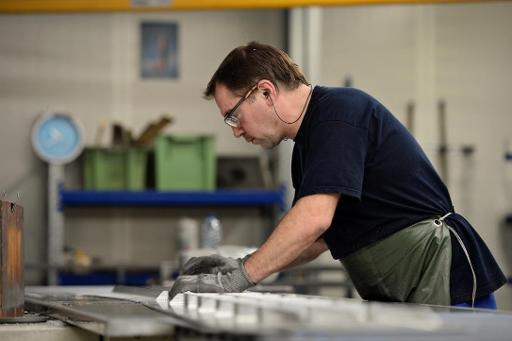Economic growth in the second quarter of this year has been revised downwards to 0.6%, compared to last quarter, data from the EU statistics agency Eurostat has revealed. During the previous quarter of this year, seasonally adjusted GDP grew by 0.5% in the Eurozone and 0.6% in the EU.
Compared with the same period last year, GDP in the EU rose by 3.9% in the Eurozone and 4% in the EU in the second quarter of this year, Eurostat said. Despite high inflation, primarily driven by high energy prices and the war in Ukraine, the Eurozone benefited from an uptick in the activity of the service sector particularly from tourism.
The economic situation varies widely across the bloc with some national economies benefitting from a return to tourism after the pandemic, whilst others were battered by the impact of inflation and energy prices. The Spanish economy grew 1.1% compared to last quarter, Italy by 1%, France 0.5%, and Germany failed to grow at all.
In Belgium, GDP increased by 0.2% this quarter compared to the start of the year, and 3.3% compared to the same period last year.
Related News
- EU economy greenhouse gas emissions cast doubt over climate targets
- The Flemish economy is expected to grow by 2.8 percent this year
Employment has witnessed a significant slowdown across the EU. During the second quarter of this year, employment grew by 0.3% in both the Eurozone and EU. Compared to the same period last year, employment grew by 2.4% in the Eurozone and 2.3% in the EU.
In the second quarter of 2022, the registration of new businesses in the European Union decreased by 1.2% compared to the previous quarter. At the same time, bankruptcies are rising, increasing for the fourth quarter in a row, demonstrating the tough economic climate in many EU countries.
Belgium has witnessed the sharpest increase in bankruptcies in Europe over the last year. In the last three months, there were 71% more bankruptcies than in the same period last year.

